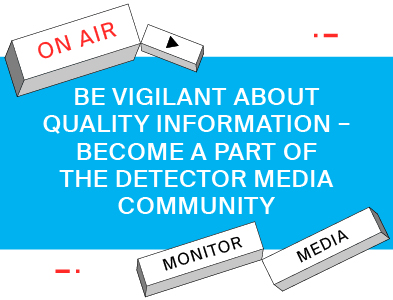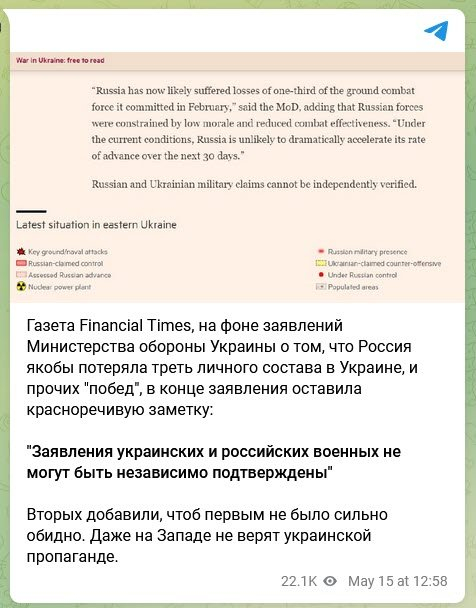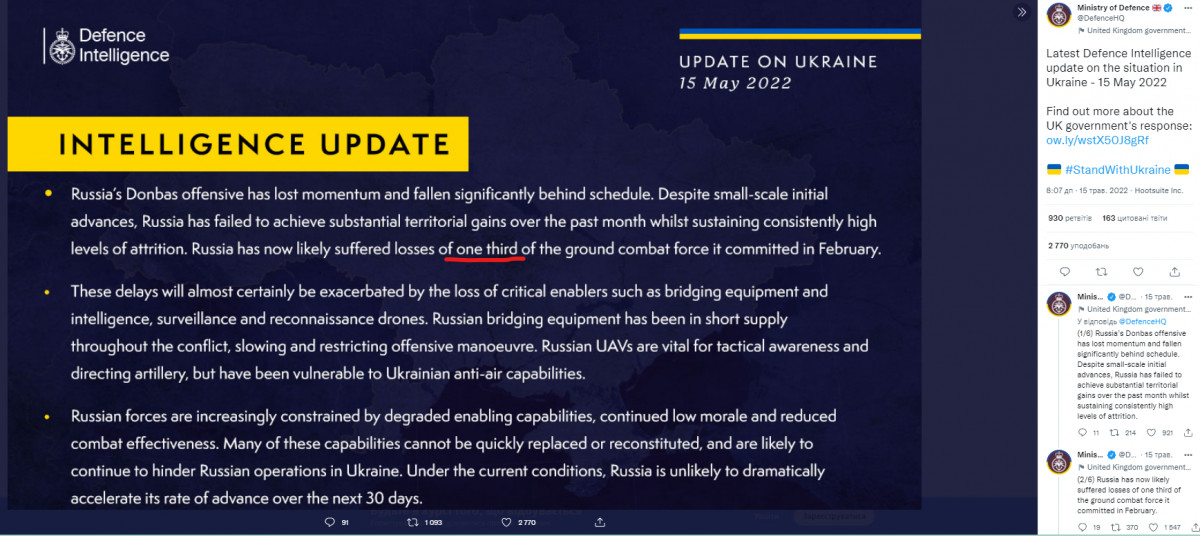Manipulation Ukraine faces a crisis and famine in the winter of 2022-2023
The Russian media are deepening the already well-known message by writing about the massive export of food from Ukraine and ironizing the increase in fuel prices, which, in their opinion, will inevitably lead to higher prices and shortages of food. The center of counteraction to misinformation has analyzed the volume of production and consumption of agricultural crops in Ukraine and concluded: the country is not threatened by hunger, but the shortage of vegetables, price increase and possible difficulties during the harvesting in July and August (the blocking of the ports can lead to the problem of grain storage). More details on the Facebook page of the Center for Counteracting Misinformation.



